5 High-Yield Dividend Stocks for Healthy Income
The healthcare sector is chock-full of safe, sturdy income plays. But these five top-rated high-yield dividend stocks really stand out in the crowd.


High-yield dividend stocks are one of the most common ways for investors to generate income. But they are especially important during times like now.
Interest rates are near all-time lows, so bonds are not providing nearly the same level of income as they have historically. Stocks aren't paying very much on average, either. The dividend yield on the S&P 500 Index is currently at a paltry 1.3% – near its lowest level since mid-2001.
That makes finding high-yield dividend stocks a priority.
But "chasing yield" can end in tears. Sometimes, a sky-high yield can merely be a reflection of a low stock price caused by fundamental issues plaguing the company. That's why it's vital to target high-quality dividend stocks that also happen to pay generous cash distributions. That means seeking out compelling business cases, strong underlying fundamentals and high marks by the analysts who study these companies the closest.
You can find many such picks in the healthcare sector, which is typically considered safer and more defensive because of the near-constant demand for medicines and medical care.
Here are five top-rated high-yield dividend stocks with "healthy" income. We started with the universe of healthcare names tracked by the Stock News POWR Ratings System, and focused on only those that received a Buy or Strong Buy rating from the pros based on the company's current financial situation and future prospects. Check them out.
Disclaimer
Data is as of Aug. 2. Dividend yields are calculated by annualizing the most recent payout and dividing by the share price. POWR Ratings work on an A-B-C-D-F system. Stocks are listed in order of lowest to highest dividend yield.
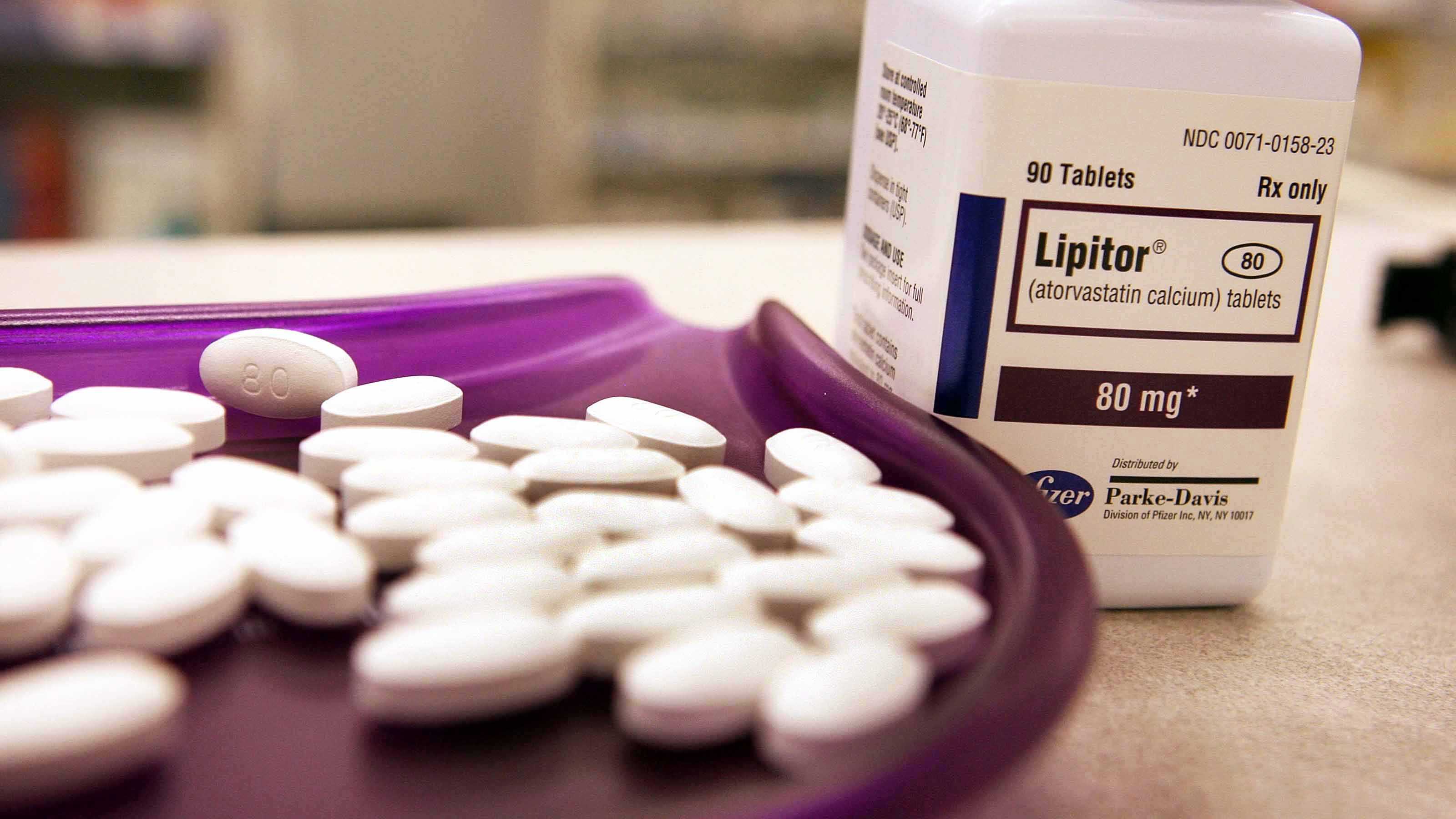
Pfizer
- Market value: $246.1 billion
- Dividend yield: 3.6%
- POWR Ratings overall rating: A (Strong Buy)
- POWR Ratings average broker rating: 1.80
Pfizer (PFE, $43.96) is one of the world's largest pharmaceutical firms, with annual sales above $40 billion. While the company historically sold many types of healthcare products and chemicals, now, prescription drugs and vaccines account for the majority of sales.
PFE has eight blockbuster products in its portfolio, including cancer drug Ibrance, cardiovascular treatment Eliquis and immunology drug Xeljanz.
The company's venture with GlaxoSmithKline (GSK) and the merger of its Upjohn unit with Mylan has made PFE a smaller company with a diversified portfolio of innovative drugs and vaccines. And this should result in faster revenue growth. The firm expects strong growth in key drugs Ibrance, Inlyta and Eliquis to drive sales. In addition, its COVID-19 vaccine has become a key contributor to its top line.
PFE also has a sustainable pipeline with multiple late-stage programs that can drive future growth. Its recent launch of cardiovascular drug Vyndaqel is a potential game-changer in the rare disease area.
The company currently sports a healthy dividend yield of 3.6%. Plus, among the high-yield dividend stocks featured here, PFE is the only one with an overall grade of A. This translates into a Strong Buy in the POWR Ratings system.
Pfizer has a Growth grade of A due to its potential to expand. For instance, analysts expect revenues to soar 62.7% year-over-year in the current quarter and earnings to rise 36.1%. For the year, projections are for earnings and revenues to be up 67% and 74%, respectively, from 2020.
PFE also has a Quality Grade of B due to solid fundamentals. For instance, the company has a current ratio of 1.5, which indicates it has more than enough liquidity to handle short-term obligations. Pfizer also has a low debt-to-equity ratio of 0.6.
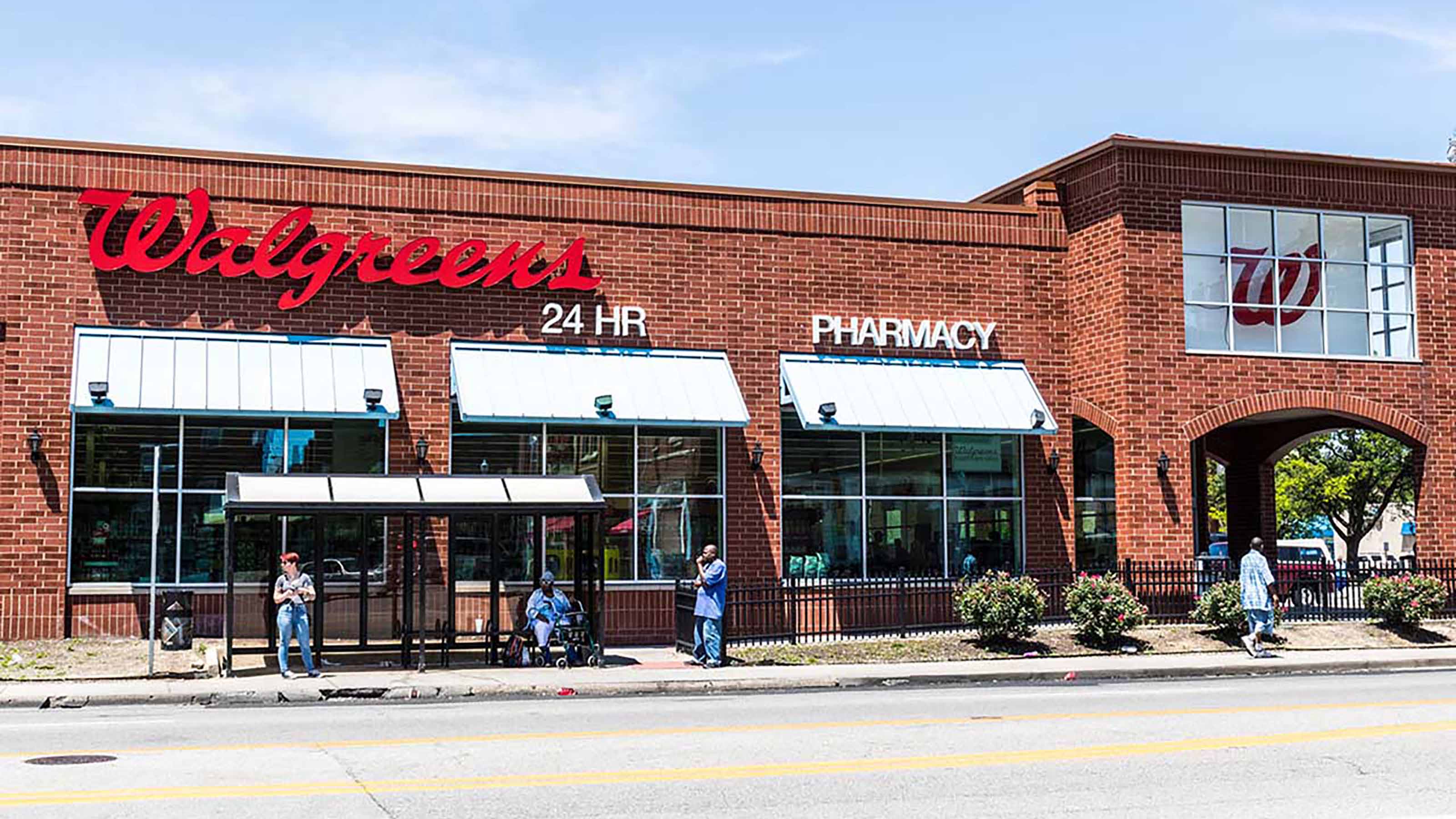
Walgreens Boots Alliance
- Market value: $40.5 billion
- Dividend yield: 4.1%
- POWR Ratings overall rating: B (Buy)
- POWR Ratings average broker rating: 1.98
Walgreens Boots Alliance (WBA, $46.83) was formed through the combination of Walgreen Co. and Alliance Boots, and it operates over 21,000 locations in 50 states and 11 countries. It also includes the largest global pharmaceutical wholesaler and distribution network, with over 390 distribution centers delivering to more than 230,000 pharmacies, doctors, health centers and hospitals every year.
The company is benefiting from strong growth in its international segment aided by the formation of its joint venture with McKesson (MCK) in Germany. Faster adoption of the Walgreens Find Care platform also bodes well.
Plus, WBA has added a slew of new products recently, including No7 Beauty Company, a consumer-led business creating beauty brands for every skin type, ethnicity, age and texture.
WBA also launched Boots ONLINE DOCTOR, which is a new service that connects physicians and patients online as part of the Health Hub. Additionally, the company is accelerating the rollout of its full-service primary care clinics in partnership with VillageMD, making WBA the only national drugstore to offer physician-led primary care clinics.
Walgreens, which yields 4.1%, earns an overall grade of B, which is a Buy rating in the POWR Ratings system.
As far as high-yield dividend stocks go, this one is relatively cheap. The company has a Value Grade of B, as WBA looks underpriced based on multiple valuation metrics. For instance, its trailing price-to-earnings (P/E) ratio is 18.1 and its forward P/E ratio is 9.4. Walgreens also has a Stability Grade of B, which means the company has shown consistent growth and price performance.
Plus, Walgreens isn't as volatile as other stocks. This is based on WBA's beta of 0.47, which indicates that shares are moving up and down considerably less than the broader market.
See the complete POWR Ratings for Walgreens Boots Alliance (WBA) here.
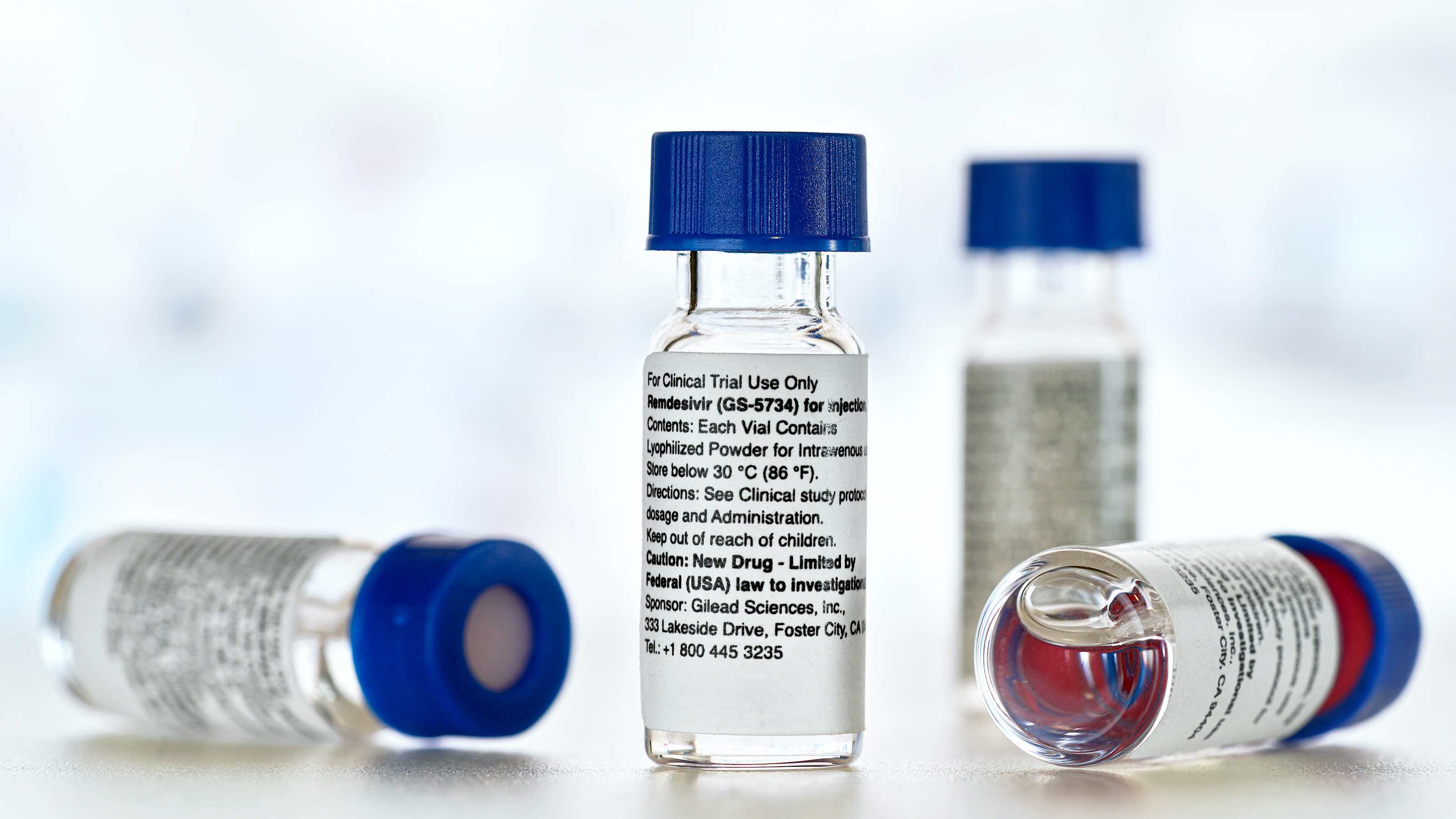
Gilead Sciences
- Market value: $85.7 billion
- Dividend yield: 4.2%
- POWR Ratings overall rating: B (Buy)
- POWR Ratings average broker rating: 1.68
Gilead Sciences (GILD, $68.35) develops and markets therapies to treat life-threatening infectious diseases. The company specializes in HIV and hepatitis B and C. While GILD has been a pioneer in developing drugs for HIV, it also makes treatments for liver and blood diseases, as well as cancer and inflammation and respiratory illnesses.
In October, the firm was granted full approval by the Food and Drug Administration (FDA) to use Veklury (remdesivir) to treat patients with COVID-19. The drug generated $2.8 billion in sales for Gilead last year.
Additionally, GILD can generate high-profit margins with its HIV and hepatitis C portfolios, as these drugs only require a small salesforce and inexpensive manufacturing. The company offers several single-tablet treatments for HIV. Its next-generation HIV offerings, Genvoya and Biktarvy, are helping to grow market share, too.
The firm is also building a pipeline of drugs outside of HIV and hepatitis through acquisitions. In fact, it is shifting its focus towards oncology, as its breast cancer and urothelial cancer drug Trodelvy has a strong potential for indication expansion.
GILD has a dividend yield of 4.2%. It has an overall grade of B, translating into a Buy in the POWR Ratings system.
Gilead Sciences has a Growth Grade of B, which isn't surprising as the company grew adjusted earnings per share by 68% year-over-year in the second quarter.
GILD is another one of the high-yield dividend stocks featured here that has low valuation metrics. Its forward P/E ratio sits at 9.5, while its price-to-free cash flow (P/FCF) ratio of 10 is well below the industry average. All of this adds up to a Value Grade of A.
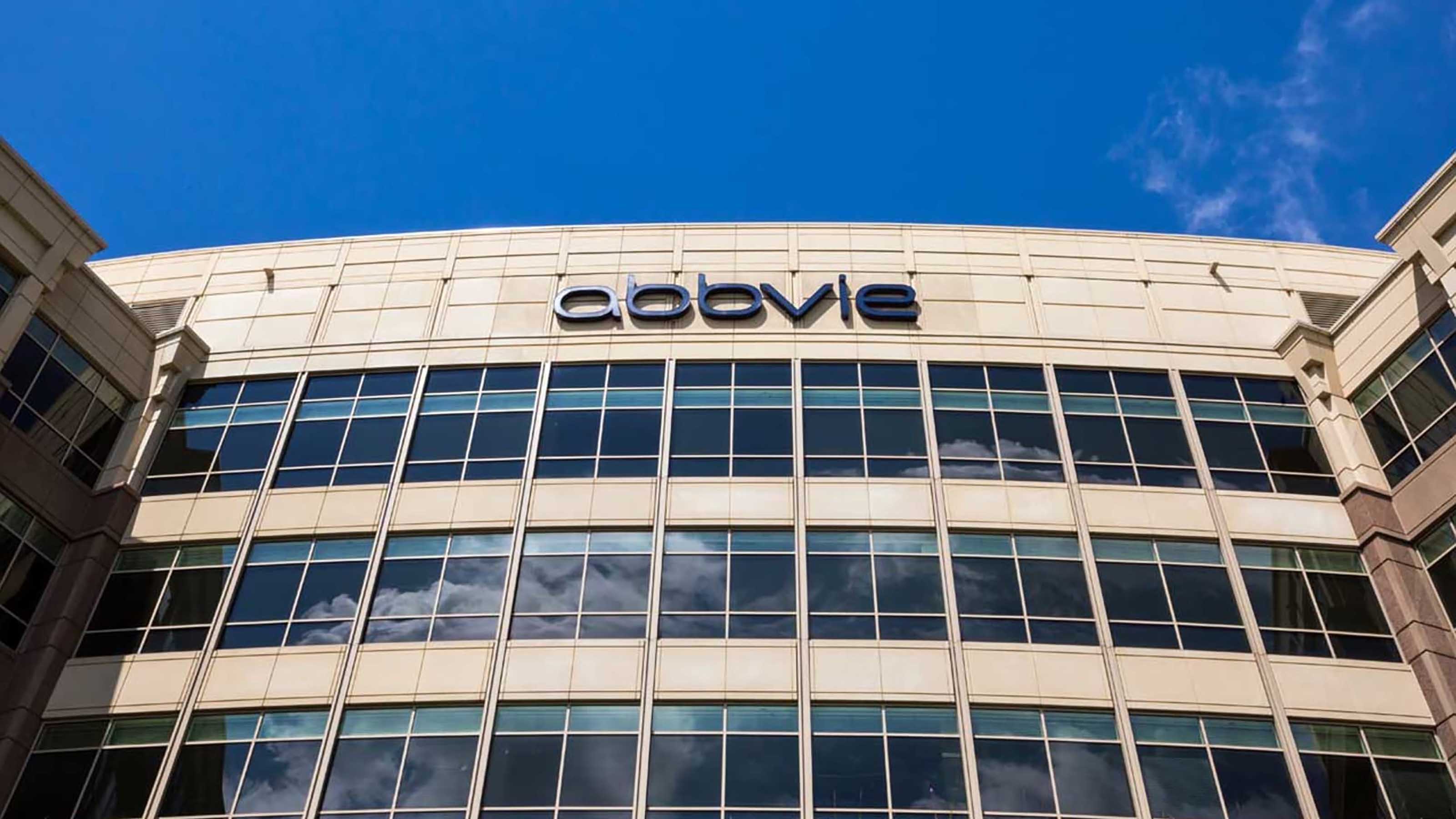
AbbVie
- Market value: $203.9 billion
- Dividend yield: 4.5%
- POWR Ratings overall rating: B (Buy)
- POWR Ratings average broker rating: 1.54
AbbVie (ABBV, $115.45) is a drug company with a strong exposure to immunology and oncology. The company's top drug, Humira, accounts for nearly 37% of ABBV's total revenues. The firm acquired Botox maker Allergan in May 2020 and the deal transformed ABBV's portfolio by lowering its dependence on Humira, its flagship product.
The company's popular cancer treatment, Imbruvica, and its newest immunology drugs, Skyrizi and Rinvoq, make it well-positioned for long-term growth. So far, the two immunology drugs are performing well beyond expectations. ABBV has also been successful in expanding labels of Imbruvica and another cancer drug, Venclexta.
Plus, the firm has a strong late-stage pipeline with several candidates that have blockbuster potential. Still, though, Humira continues to drive revenues. The drug is currently approved for 10 indications in the U.S., and sales have increased consistently due to strong demand trends. The drug is seeing especially impressive domestic growth in the dermatology and gastroenterology markets.
In addition to being a member of the Dividend Aristocrats, ABBV sports an impressive yield of 4.5%. It has an overall grade of B, or a Buy rating, in the POWR Ratings system. The company has a Value Grade of B, which makes sense as the stock's forward P/E is only 9.2. ABBV's price-to-sales ratio of 3.8 is also below the industry average.
AbbVie also has a Sentiment Grade of B, indicating this is a high-yield dividend stock that is well-liked by Wall Street analysts. For instance, of the 24 analysts following the shares tracked by S&P Global Market Intelligence, 11 deem it a Strong Buy, 7 call it a Buy, six rate it at Hold and zero say it's a Sell or Strong Sell.
To see the Complete POWR Ratings analysis for AbbVie (ABBV), click here.
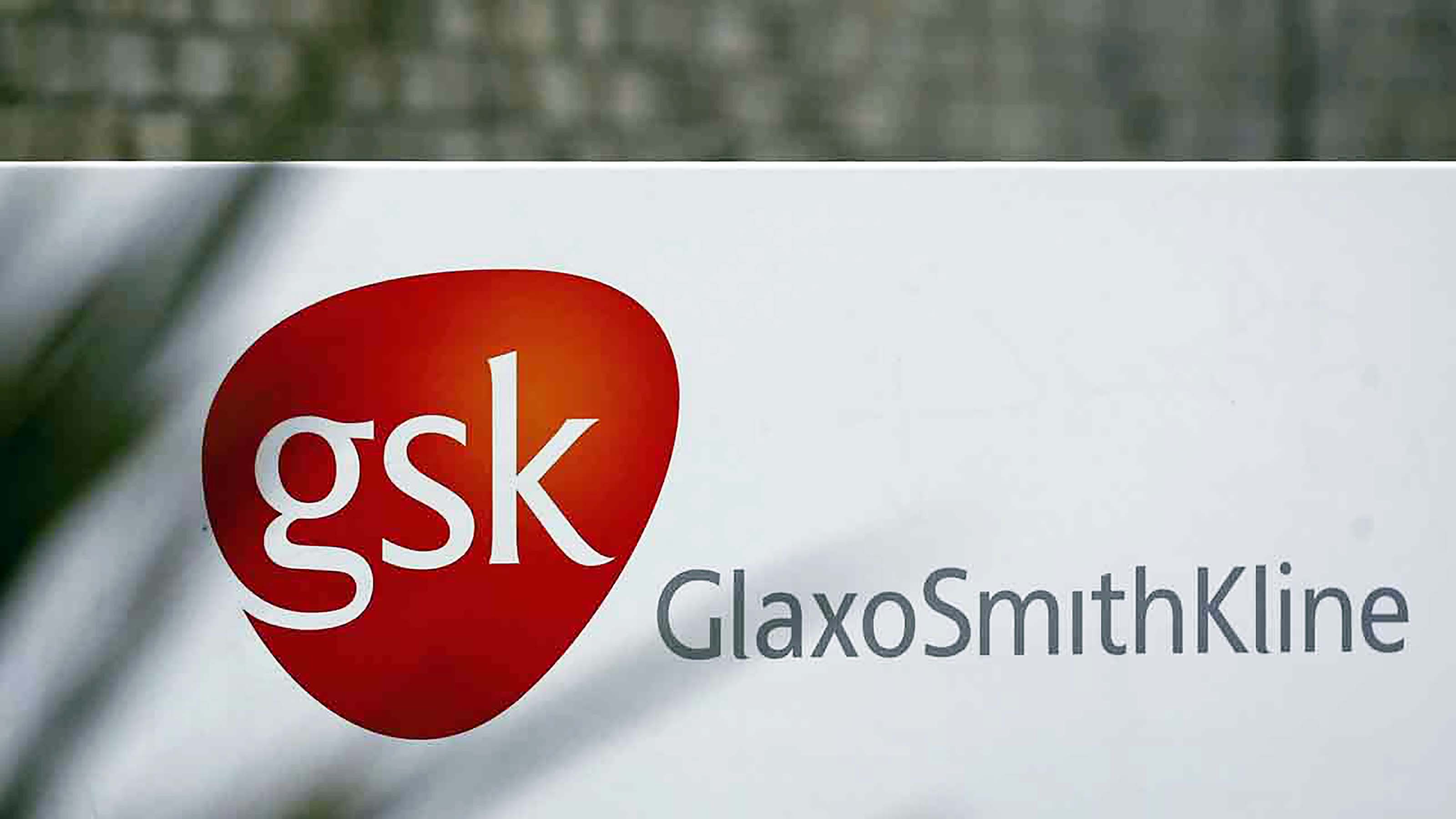
GlaxoSmithKline
- Market value: $101.2 billion
- Dividend yield: 5.4%
- POWR Ratings overall rating: B (Buy)
- POWR Ratings average broker rating: 2.5
In the pharmaceutical industry, GlaxoSmithKline (GSK, $40.24) ranks as one of the largest firms by total sales. The company wields its strength across several therapeutic classes, including respiratory, oncology and antiviral, as well as vaccines and consumer healthcare products. GILD also uses joint ventures to gain additional scale in certain markets like HIV and consumer products.
GSK's new and specialty offerings such as Nucala, Trelegy Ellipta, Shingrix and Juluca are driving sales, which is making up for a decline in its established pharmaceuticals due to generics. The company has also made significant progress in its pipeline, as several new drug extension approvals are expected this year. This should help boost revenues.
The firm's presence in multiple geographical areas could also help support its top line. For instance, expansion into markets such as Japan should provide new opportunities for growth. GSK has also made progress in expanding its presence in emerging markets by acquiring product portfolios from companies such as Bristol Myers Squibb (BMY).
Among the high-yield dividend stocks here, GSK offers the biggest payout on a percentage basis, with a yield of 5.4%. It has an overall grade of B in the POWR Ratings system. This equates to a Buy rating.
The company has a grade of A in the Value component. Its forward P/E of 14.3 is under 15, and its price-to-sales ratio is low at 2.2. GSK also has a Stability grade of B, which means that it has a history of stable growth and price performance. For instance, its beta is only 0.54, which means it is almost half as volatile as the broader market.
Get GlaxoSmithKline's (GSK) complete POWR Ratings analysis here.
Get Kiplinger Today newsletter — free
Profit and prosper with the best of Kiplinger's advice on investing, taxes, retirement, personal finance and much more. Delivered daily. Enter your email in the box and click Sign Me Up.

David Cohne has 20 years of experience as an investment analyst and writer. Prior to StockNews, David spent 11 years as a consultant providing outsourced investment research and content to financial services companies, hedge funds and online publications. David enjoys researching and writing about stocks and the markets. He takes a fundamental quantitative approach in evaluating stocks for readers.
-
 Customer Services are Strained at the SSA, You Should Plan Around These Federal Holidays
Customer Services are Strained at the SSA, You Should Plan Around These Federal HolidaysIf you have a question or need information from a federal agency, check the federal holiday schedule to make sure you get your business done before they close.
By Donna LeValley
-
 Stock Market Today: No 'Powell Put'? No Problem
Stock Market Today: No 'Powell Put'? No ProblemInvestors, traders and speculators look beyond both another Trump post and more signs of slowing economic activity.
By David Dittman
-
 Stock Market Today: No 'Powell Put'? No Problem
Stock Market Today: No 'Powell Put'? No ProblemInvestors, traders and speculators look beyond both another Trump post and more signs of slowing economic activity.
By David Dittman
-
 Stock Market Today: Dow Drops 699 Points After Powell Speech
Stock Market Today: Dow Drops 699 Points After Powell SpeechFed Chair Powell warned of a slowing economy and higher inflation but said the central bank isn't ready to cut rates just yet.
By Karee Venema
-
 Stock Market Today: Stocks Struggle Amid Tariff Uncertainty
Stock Market Today: Stocks Struggle Amid Tariff UncertaintyBoeing dropped after China suspended new aircraft orders, while Bank of America and Citi climbed on earnings beats.
By Karee Venema
-
 Stock Market Today: Stocks Gain on Tech, Auto Tariff Talk
Stock Market Today: Stocks Gain on Tech, Auto Tariff TalkThe Trump administration said late Friday that it will temporarily halt tariffs on some Chinese tech imports.
By Karee Venema
-
 Stock Market Today: Stocks Surge to Close a Volatile Week
Stock Market Today: Stocks Surge to Close a Volatile WeekIt was another day with a week's worth of both news and price action, but it ended on a strongly positive note.
By David Dittman
-
 Stock Market Today: Uncertainty Proliferates: Dow Loses 1,014 Points
Stock Market Today: Uncertainty Proliferates: Dow Loses 1,014 PointsWeaker-than-expected consumer inflation data wasn't enough to stabilize sentiment during another volatile day for financial markets.
By David Dittman
-
 Stock Market Today: Tariff Pause Triggers 3,000-Point Dow Rally
Stock Market Today: Tariff Pause Triggers 3,000-Point Dow RallyThe bond market is sending concerning signals as the Trump administration executes its rapid reordering of global trade relationships.
By David Dittman
-
 Stock Market Today: Tariff Talks Drive Another Up-and-Down Day
Stock Market Today: Tariff Talks Drive Another Up-and-Down DayTrade war negotiations are happening, but the "fear gauge" is gyrating, and investors, traders and speculators are still searching for signs of a bottom.
By David Dittman
